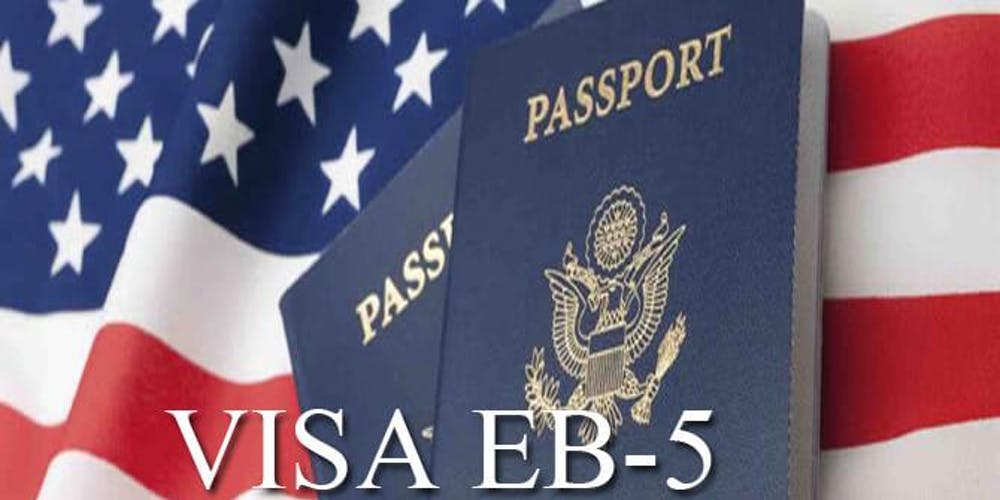
23 Jul US EB-5 Direct & Indirect option- Comparative analysis
The US EB-5 investor visa realizes the possibility of obtaining a green card in a short span of time. It appears to be a more feasible option than other visa channels where the wait is endless; allotment window is small and to add, the never-ending pile of paperwork. Though the program was started by the U.S. Congress back in 1990, it gained momentum after the customary bank financing could not be comfortably accessed (2008 financial crisis) for the development of new projects. Hence, the developers of evolving projects began to explore funding options and that is how this Program appeared as a silver lining for giving solutions to the increasing fund deficit problem.
The minimum investment required for EB-5 investor visa is $500,000(approx. INR 3.5Cr.). There are two ways in which an investor can channelize his investment; one is the Direct Option in which the investor can open his own business, and second is where he can choose a Regional Center (RC) to assist him towards such investment. This is known as the Indirect option or Regional Center Option. RC can be explained as an economic unit, licensed by the US. Government to obtain EB-5 funding and deploy the same to real estate or other projects in U.S. Along with the minimum investment requirement, there is another condition that has to be fulfilled i.e. creation of 10 full-time jobs in U.S for 2.5 years.
Both the direct and indirect options have their own set of benefits. Direct option comes with full control of investment capital throughout the investment period. It gives the investor freedom to choose the business and take the control of the investment.This is more feasible for large scale business owners who already have customer base in US.
Conversely, if the investor is naive and unknown to foreign regulations, RC comes to his rescue. RC helps the investor to invest in an existing project and helps in creation of jobs. To understand it in simpler terms, the investor doesn’t need to invest in a new enterprise and he can choose to invest in a project that is being financed by RC. The jobs are created by the project developer itself and the capital is returned to the RC once the project is completed. This intervention by the RC makes the process explicable for the investor and helps him figure out other requirements of this investor visa. However, it must be noted that the RC cannot guarantee return of capital as per the US immigration laws.
The most common issue faced by Indian applicants is rejection of visa due to inability to show sources of funds. All the funds that are being transmitted for investment should be traceable and all sources for such investment must be transparently shown. Even when the funds are obtained from inheritance or in the form of gift, the basis of such inheritance or gift should also be evidently clear.
With only 700 visas issued annually, for each country, qualifying for an EB-5 Program can be a challenging process but it certainly has unmatched perks as it gives the investor permanent residence in U.S. due to this, he is treated at par with U.S. citizens. Each year the number of application reaches a new high, therefore the applicant has to be prepared way ahead of time. With proper consultation from experienced legal experts, obtaining the investor visa can be feasible in the due time.
For a detailed comparison between both Indirect and Direct Option, pls visit this link: https://www.arcumglobal.com/direct-option-vs-regional-center-option/

